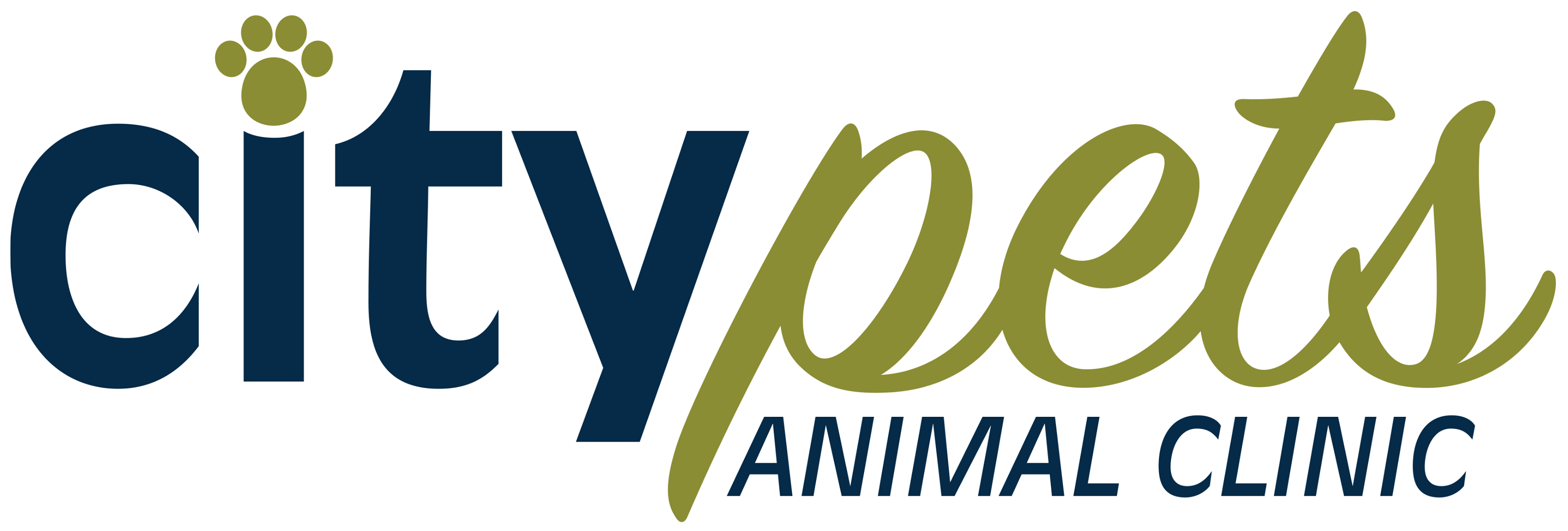Library
-
A Cat Friendly Practice is a voluntary designation through the Feline Veterinary Medical Association (FelineVMA). To earn the Cat Friendly Practice designation, a veterinary practice must demonstrate that they have taken specific steps to understand cats' unique needs and have implemented feline-friendly standards of care.
-
Treats are a great way to bond with your cat but are an additional source of calories that must be considered within the overall diet. Treats should be no more than10% of your cat's daily calorie intake and, in greater quantities, can create a nutritional imbalance. Consider choosing lower calorie treats for your cat to avoid exceeding the 10% rule.
-
A cat-only veterinary practice is typically designed with cat comfort in mind. Feline practices are especially interested in delivering medical care to cats in ways that help your cat (and human family members) experience as little stress as possible.
-
This handout discusses some of the many hazards for cats who live outdoors, including wild animals, infections, parasites, toxins, and cars, among others. In our modern world, the risks of an outdoor life are far greater than the benefits.
-
Periodontal disease is the most common problem affecting cats of all age groups. The importance of daily, at-home dental care cannot be overemphasized. Cats may benefit from either a food, treat, water additive, gel or powder that has been approved by the VOHC to reduce plaque buildup.
-
Online shopping is convenient, but it’s important to be cautious about what you purchase online, especially when it comes to your pet's medications. Follow recommendations from your veterinary clinic and avoid any company that does not require a prescription from your veterinarian.
-
A cesarean section is a surgery to remove kittens from the uterus and is most commonly performed as an emergency procedure when there is difficulty with natural birth. During the immediate recovery period, the mother and kittens must be closely monitored and begin eating/nursing within a few hours. If you have any concerns about their health, you should immediately have your veterinarian examine the kittens and their mother.
-
Chin acne in cats is a poorly understood disorder of follicular keratinization (the overproduction of keratin, a protein found in the outer layer of skin). If this excess keratin is trapped in the hair follicle, comedones (blackheads) form. Pustules (pimples) may form if bacteria infect the comedones. The underlying causes are not fully understood but may be associated with excess sebum production, viral infection, immunosuppression, stress, or poor grooming. Treatment options are available and often involve improved hygiene.
-
Your cat's skin and coat condition are good indicators of her health. A healthy coat should be shiny and smooth, not brittle or coarse, and healthy skin should be supple and clear, not greasy, flaky, or bumpy. Selective breeding has led to the development of cats with various coat characteristics requiring varying grooming needs. To maintain healthy skin and coat, your cat also requires a properly balanced diet.
-
Ulcerative keratitis is inflammation in the cornea of the eye. The signs of ulcerative keratitis depend somewhat on the cause and how long the condition has been present. There are many potential causes of ulcerative keratitis, including trauma, infection, and abnormal tear production. Antibiotic ointment or drops will be prescribed and it is important to prevent additional trauma to the cornea. Superficial corneal ulcers typically heal within 5 to 7 days. Deeper or more complicated ulcers may take several weeks to heal and may require surgery in addition to medical treatment.

